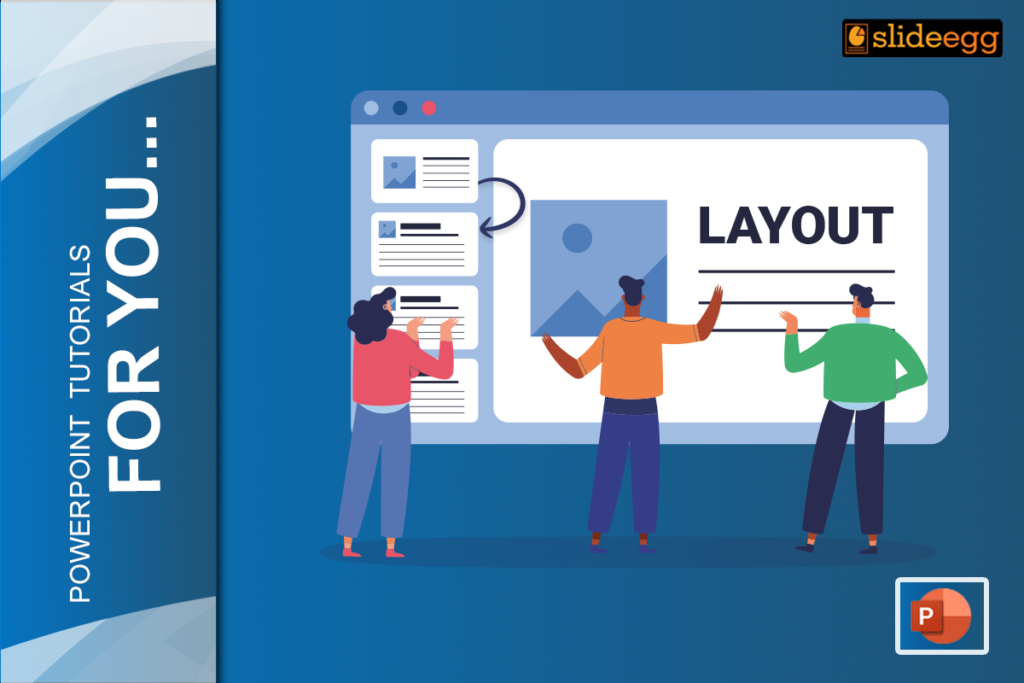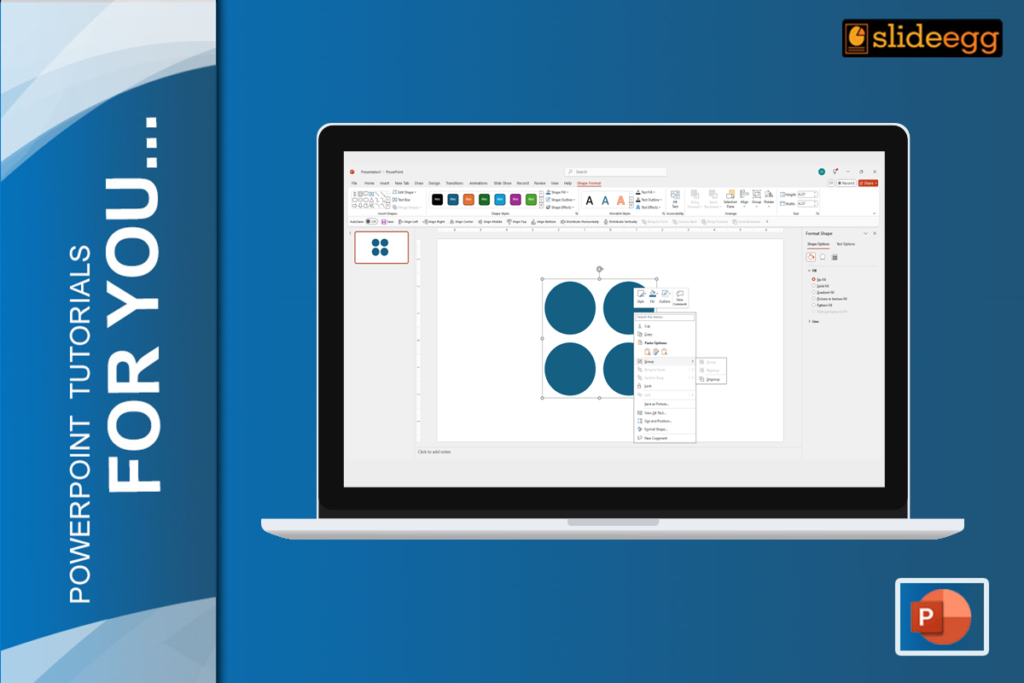PowerPoint presentations are the backbone of modern-day communication, whether it’s a business meeting, a classroom lecture, or a product pitch. A well-structured presentation is essential to captivate your audience and effectively convey your message. One crucial element in creating impactful slides is mastering PowerPoint layouts. In this blog post, we’ll guide you through the process of changing layouts, helping you transform your presentations from ordinary to extraordinary.
Understanding PowerPoint Layouts
Before diving into the steps, let’s clarify what a PowerPoint layout is. Essentially, it’s a predefined arrangement of text boxes, images, and other elements on a slide. PowerPoint offers a variety of pre-designed layouts to cater to different content types and presentation styles.
Why Change Layouts?
You might wonder why you’d need to change layouts in the first place. The answer is simple: flexibility. Different slides require different structures to effectively convey information. For instance, a title slide needs a prominent headline, while a content slide might require multiple text boxes and image placeholders. By changing layouts, you can tailor each slide to its specific purpose.
Step-by-Step Guide to Changing Layouts
Step 1: Open Your PowerPoint Presentation
Start by opening the PowerPoint presentation where you want to change the layout.
Step 2: Select the Slide
Locate the slide that you want to modify. Click on it to select it.
Step 3: Go to the ‘Home’ Tab
You can find the toolbar at the top of your screen. Click on the ‘Home’ tab to access a variety of options.
Step 4: Click on ‘Layout’
In the ‘Home’ tab, find the ‘Slides’ group. Here, you’ll see a ‘Layout’ button. Click on it to reveal a drop-down menu with different layout options.
Step 5: Choose Your Desired Layout
Browse through the available layouts. PowerPoint offers several predefined layouts such as Title Slide, Section Header, Two Content, Comparison, and more. Click on the layout that best fits your needs.
Step 6: Apply the Layout
Once you’ve selected a layout, it will automatically apply to the chosen slide. Adjust any content as necessary to fit the new layout.
Pro Tips for Choosing the Right Layout
- Understand Your Content: Choose a layout that complements the type of content you’re presenting. For example, use the ‘Comparison’ layout for side-by-side comparisons or the ‘Two Content’ layout for balanced text and images.
- Maintain Consistency: Ensure that your layout choices maintain a consistent look throughout your presentation. This helps in keeping your audience engaged and your message clear.
- Use Professional Templates: For a more polished look, consider using professional PowerPoint templates available online. These templates are designed by experts and can save you time while enhancing the visual appeal of your slides.
Additional Tips for Effective Presentations
- Utilize Slide Master: For more control over your presentation’s appearance, use the Slide Master feature. This allows you to create a uniform look by setting the layout, fonts, and colors for all slides at once.
- Custom Layouts: If none of the predefined layouts fit your needs, you can create custom layouts. This involves using the Slide Master to add placeholders and arrange elements according to your preferences.
- Consistency is Key: Keep your fonts, colors, and styles consistent across all slides. This creates a professional look and helps in maintaining audience focus.
Learn More Presentation Hacks
To become a PowerPoint pro, check out our tips & tricks page for more presentation hacks, additional insights, and inspiration. This resource is packed with useful information to help you create stunning presentations.
Check out our blogs on “How To Change Page Orientation From Landscape To Portrait“, and “How to Change the Slide Size in PowerPoint” for more presentation tips.
Conclusion
Mastering PowerPoint layouts is essential for creating impactful presentations. By following the steps outlined in this guide and incorporating the tips provided, you can effectively enhance the visual appeal and clarity of your presentations. Remember to experiment with different layouts to find the perfect style for your content. By understanding and utilizing PowerPoint layouts effectively, you’ll be well on your way to delivering presentations that captivate your audience and leave a lasting impression.







